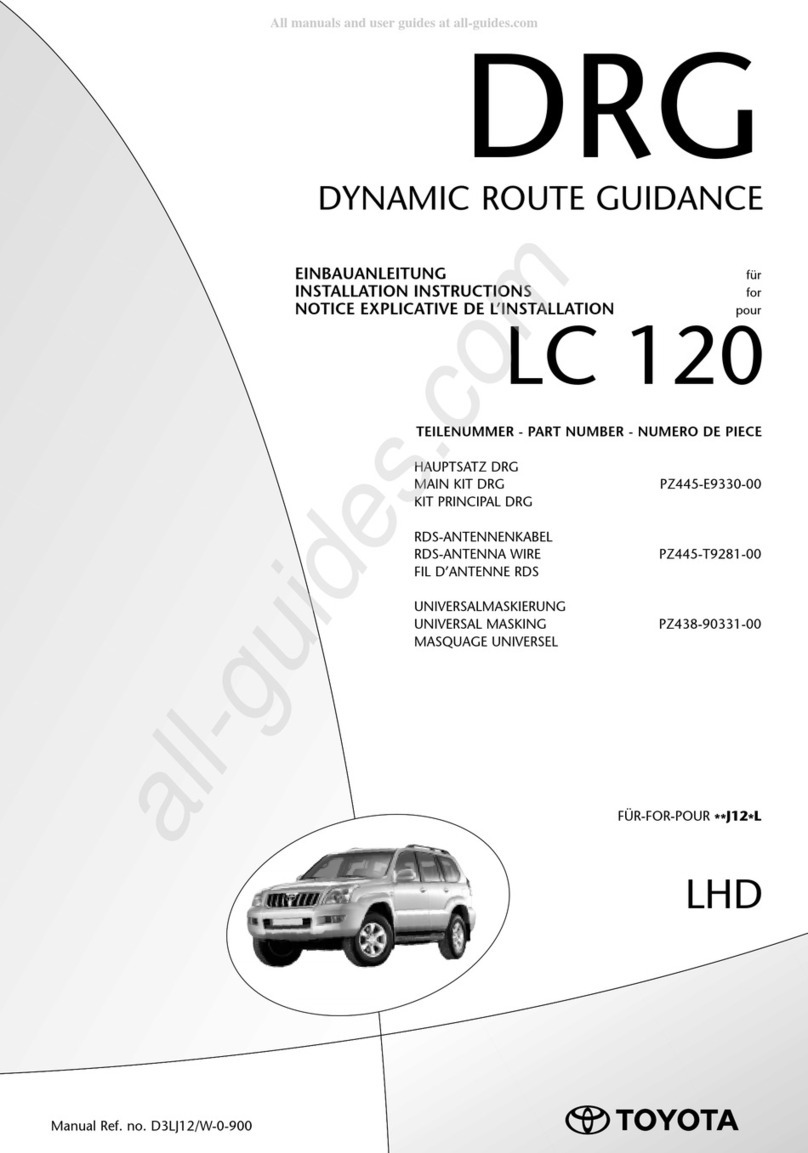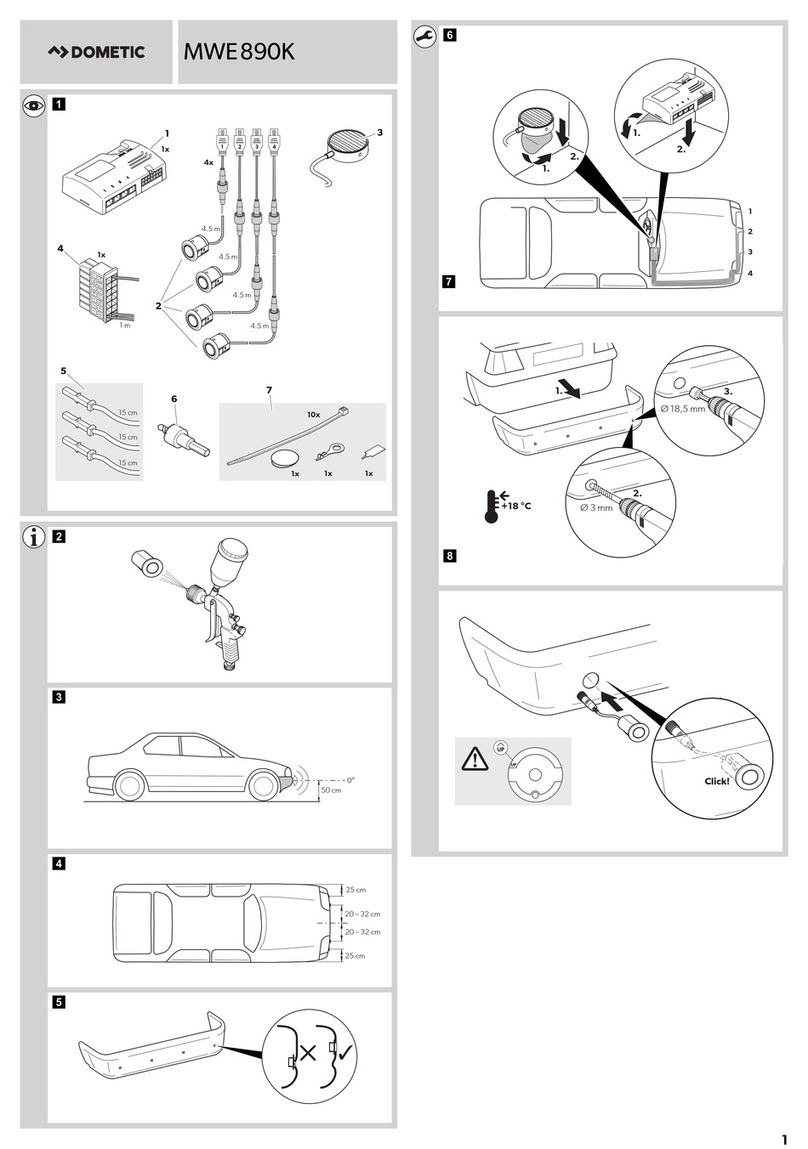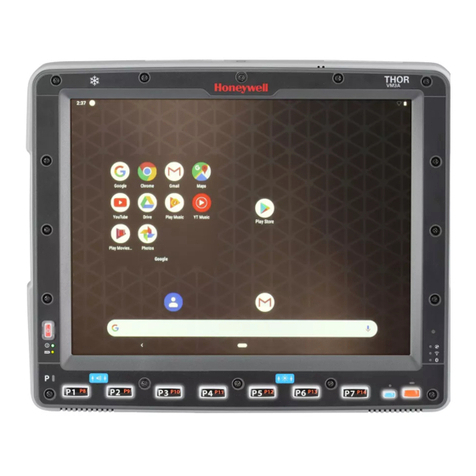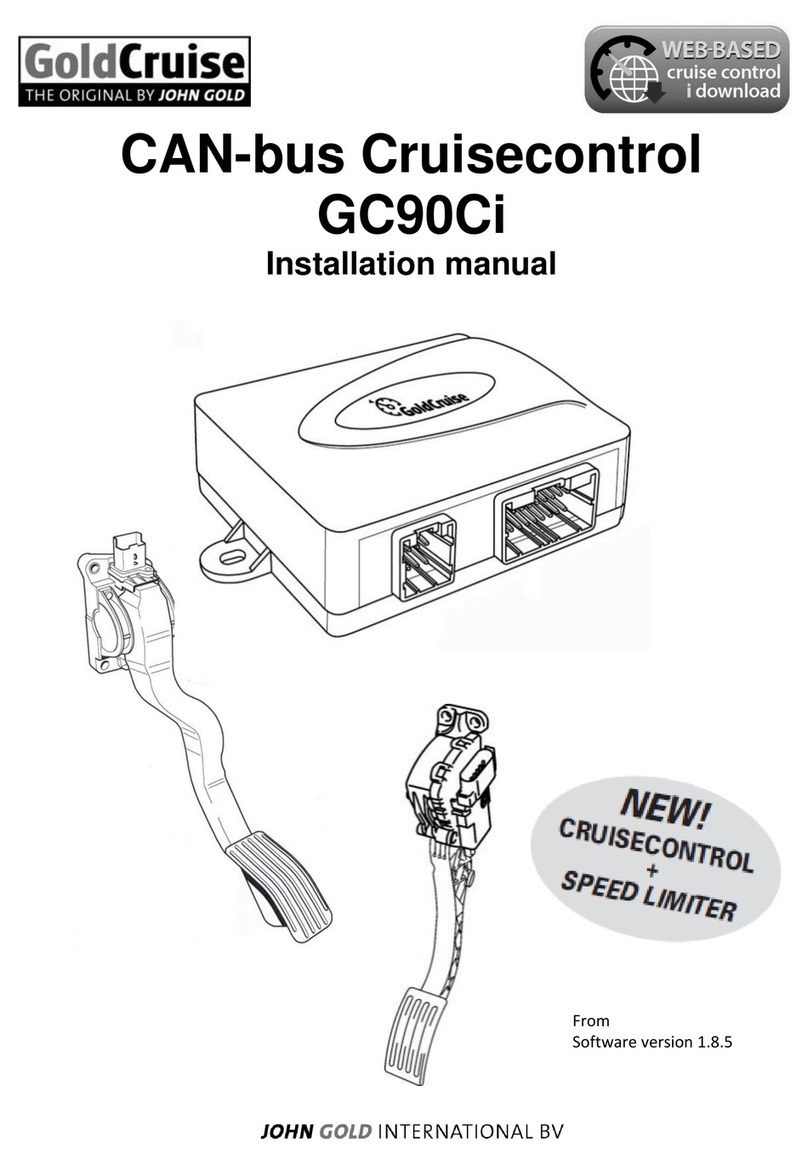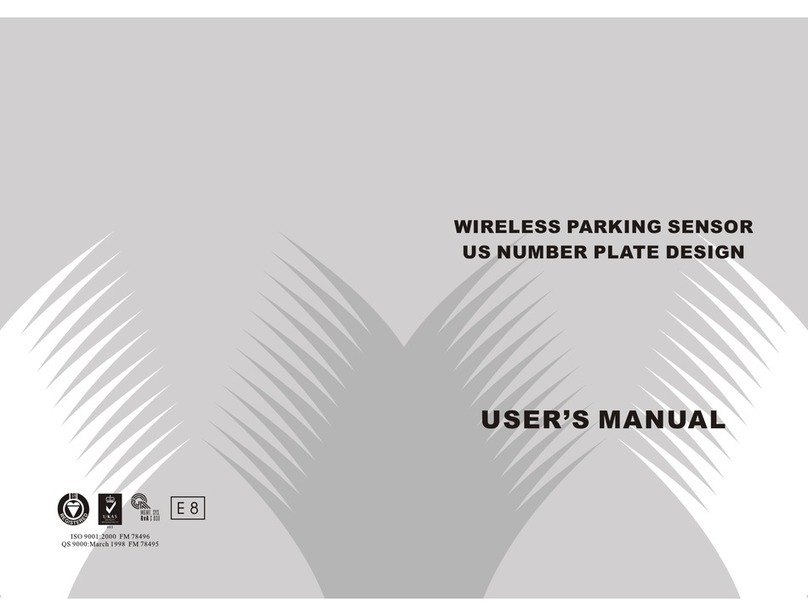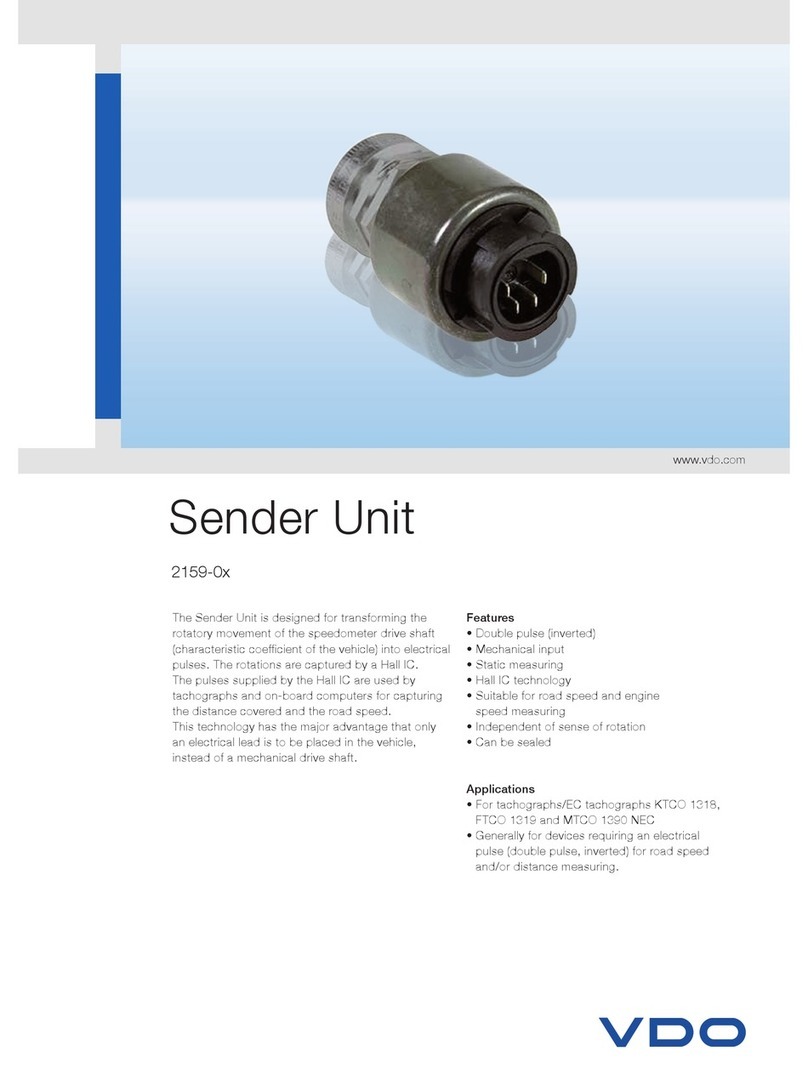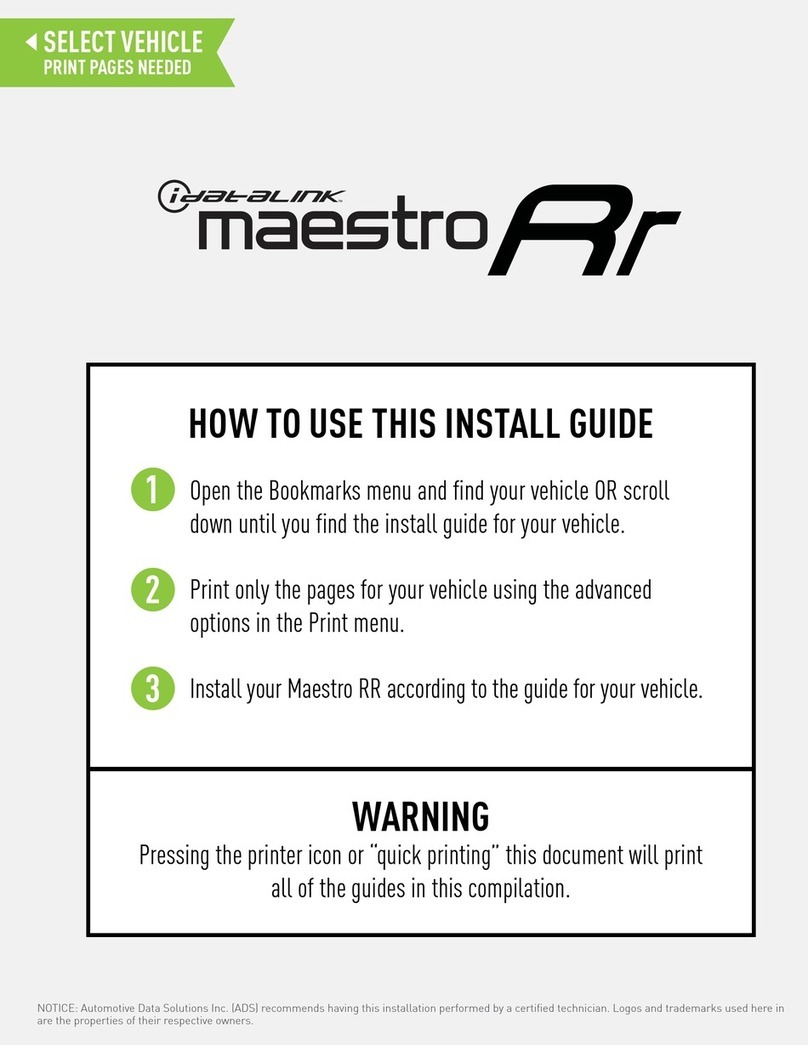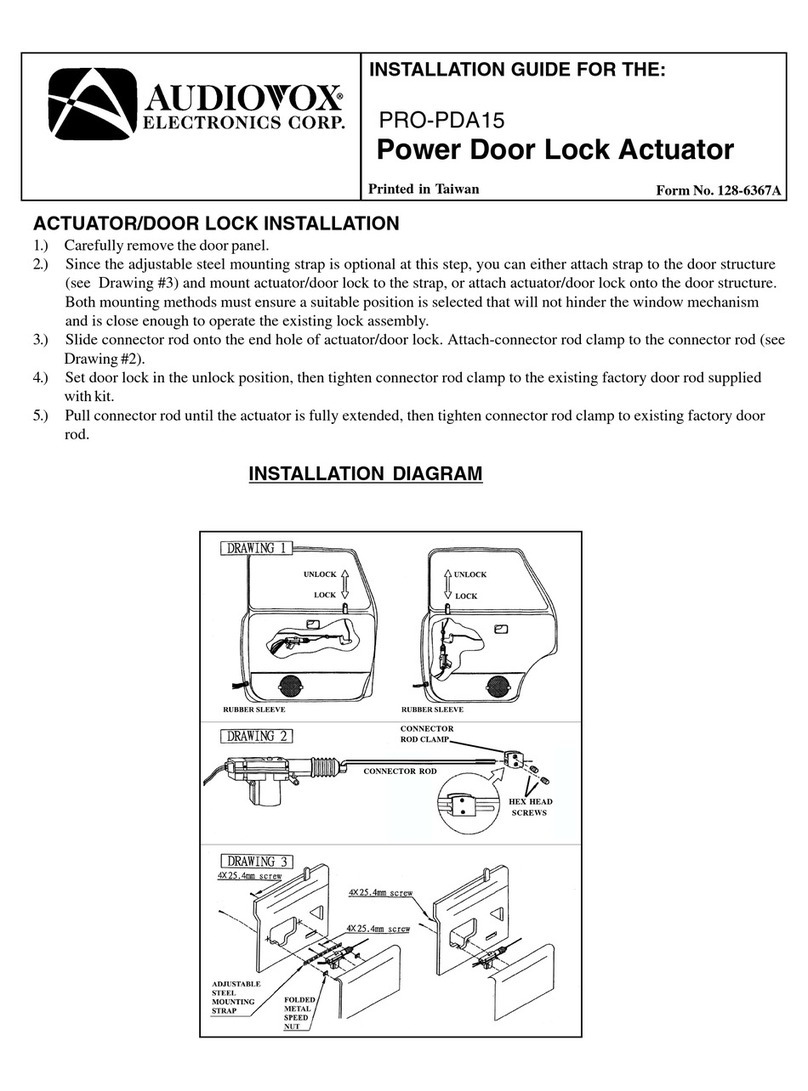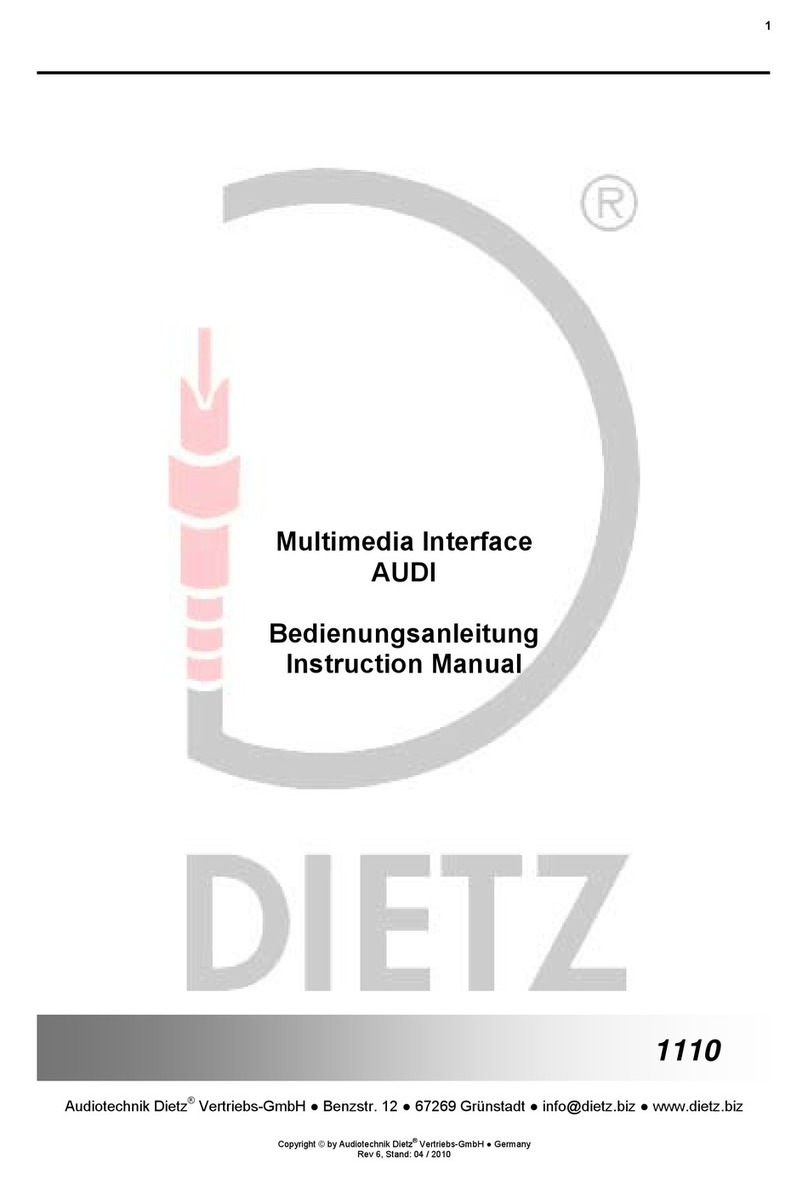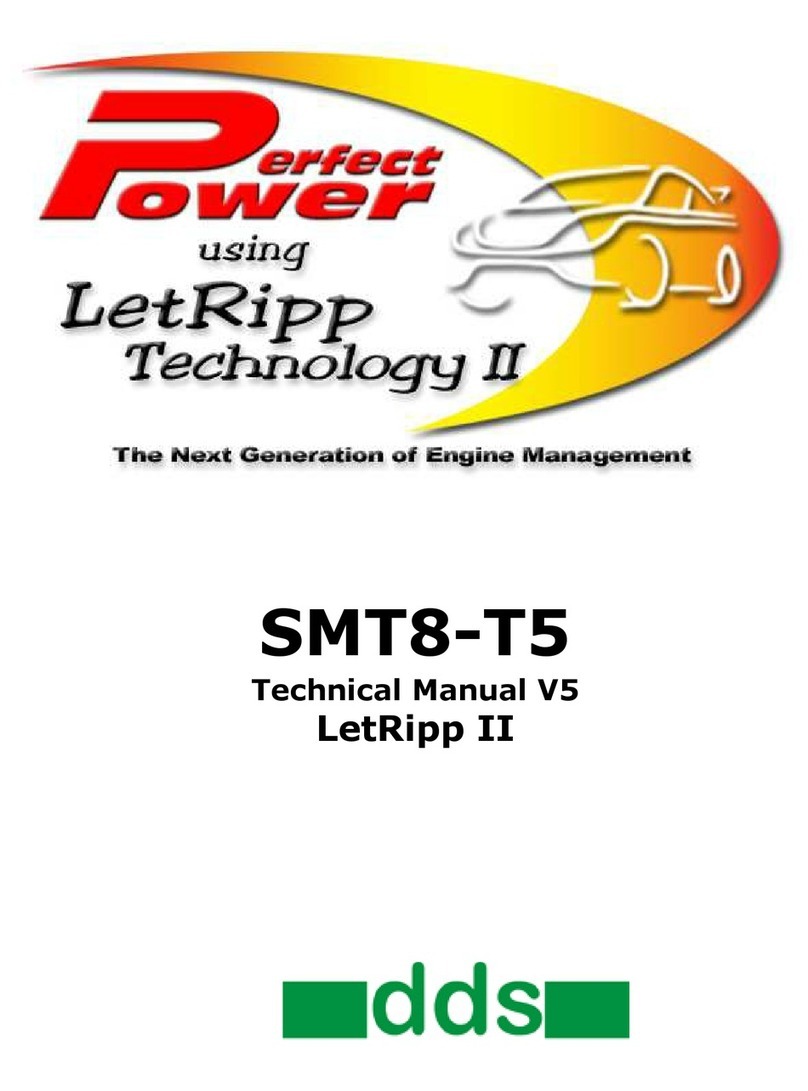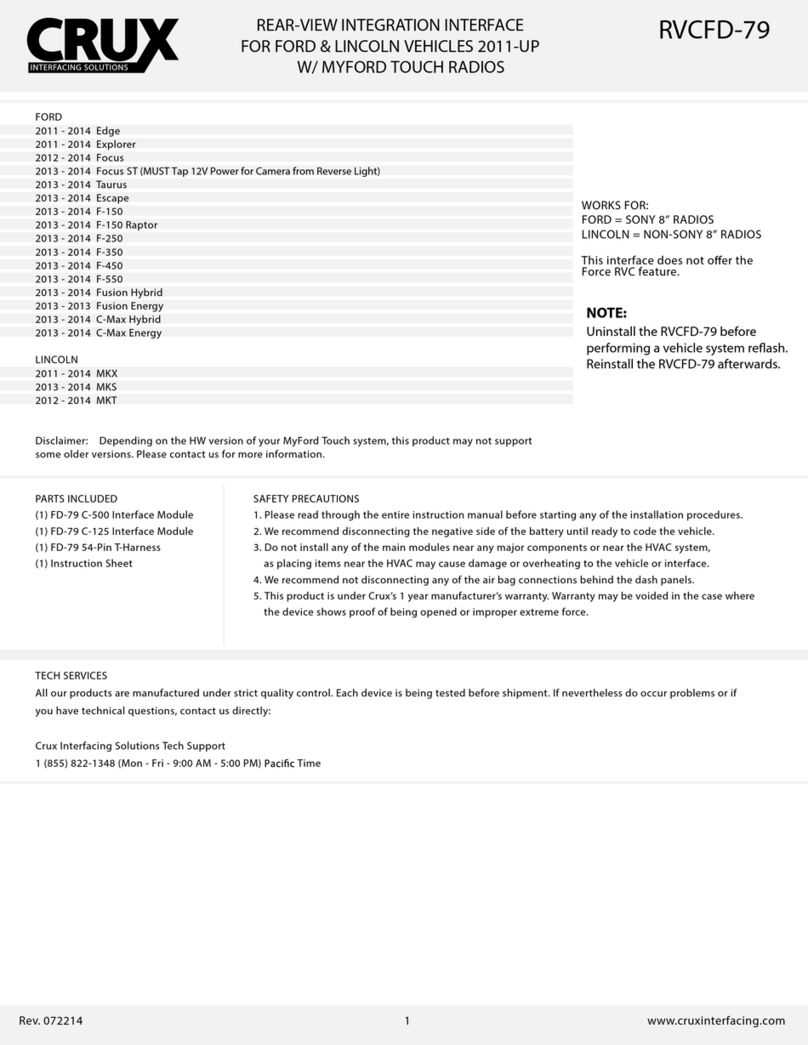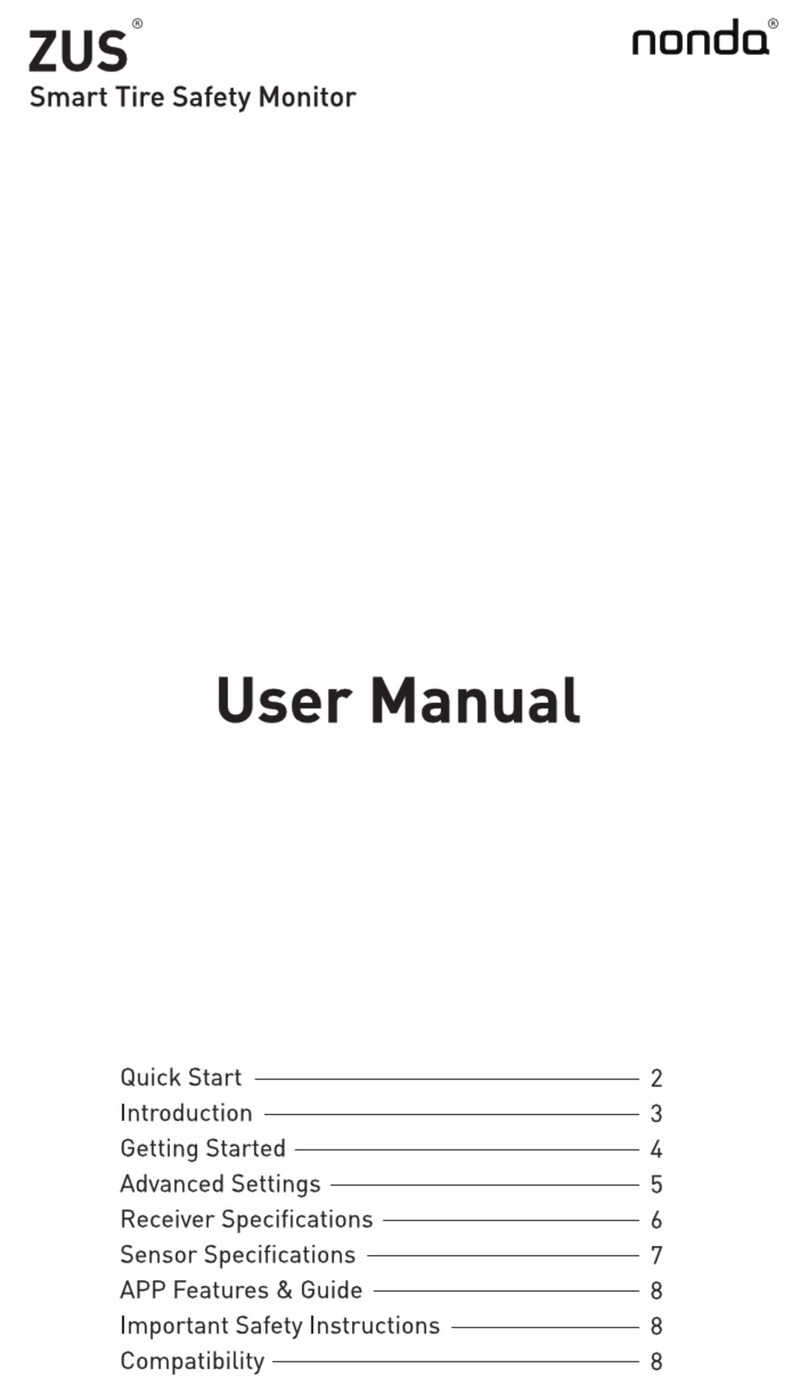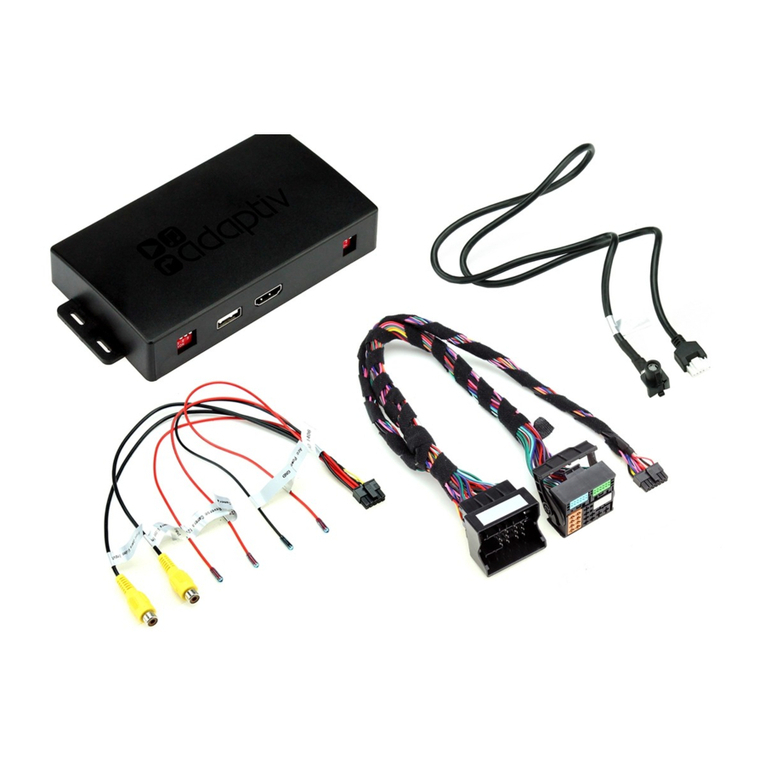
Introduction
Copyright HMS Technology Center
Ravensburg GmbH
FRC-EP170 Manual, Version 1.3
1Introduction....................................................................................4
1.1 Overview..................................................................................4
1.2 Features of the basic unit ......................................................4
2Connections...................................................................................5
2.1 Power plug (6-36 VDC) ...........................................................5
2.2 Ethernet connector (ETHERNET) ..........................................7
2.3 USB device connector (USB-B) .............................................7
2.4 USB host connector (USB-A).................................................7
2.5 SD card slot.............................................................................7
2.6 Displays...................................................................................7
2.7 Remote/debug interface (REMOTE).......................................8
2.8 Connector X1 (D-SUB HD15 male).......................................10
2.9 Connector X2 (D-SUB HD15 female)....................................10
2.10Connector X1/2 Signal Details .............................................11
2.10.1 FlexRay ................................................................................11
2.10.2 CAN Hi/Lo-Speed.................................................................11
2.10.3 LIN........................................................................................11
2.10.4 K-LINE..................................................................................11
2.10.5 Digital I/O..............................................................................11
2.10.6 VBat......................................................................................12
3Software........................................................................................13
3.1 Automotive Configuration Tool............................................13
3.2 Installation.............................................................................13
3.3 Working with the ACT...........................................................13
3.4 Basic data logging configuration ........................................13
4Accessories..................................................................................16
5Appendix ......................................................................................17
5.1 Technical data.......................................................................17
5.2 Cable for FlexRay-1A............................................................18
5.3 Breakout box for X1/2...........................................................18
5.4 Breakout cable for X1/2........................................................20
5.5 Support..................................................................................21
5.6 Returning hardware..............................................................21
5.7 Disposing of old equipment.................................................21
